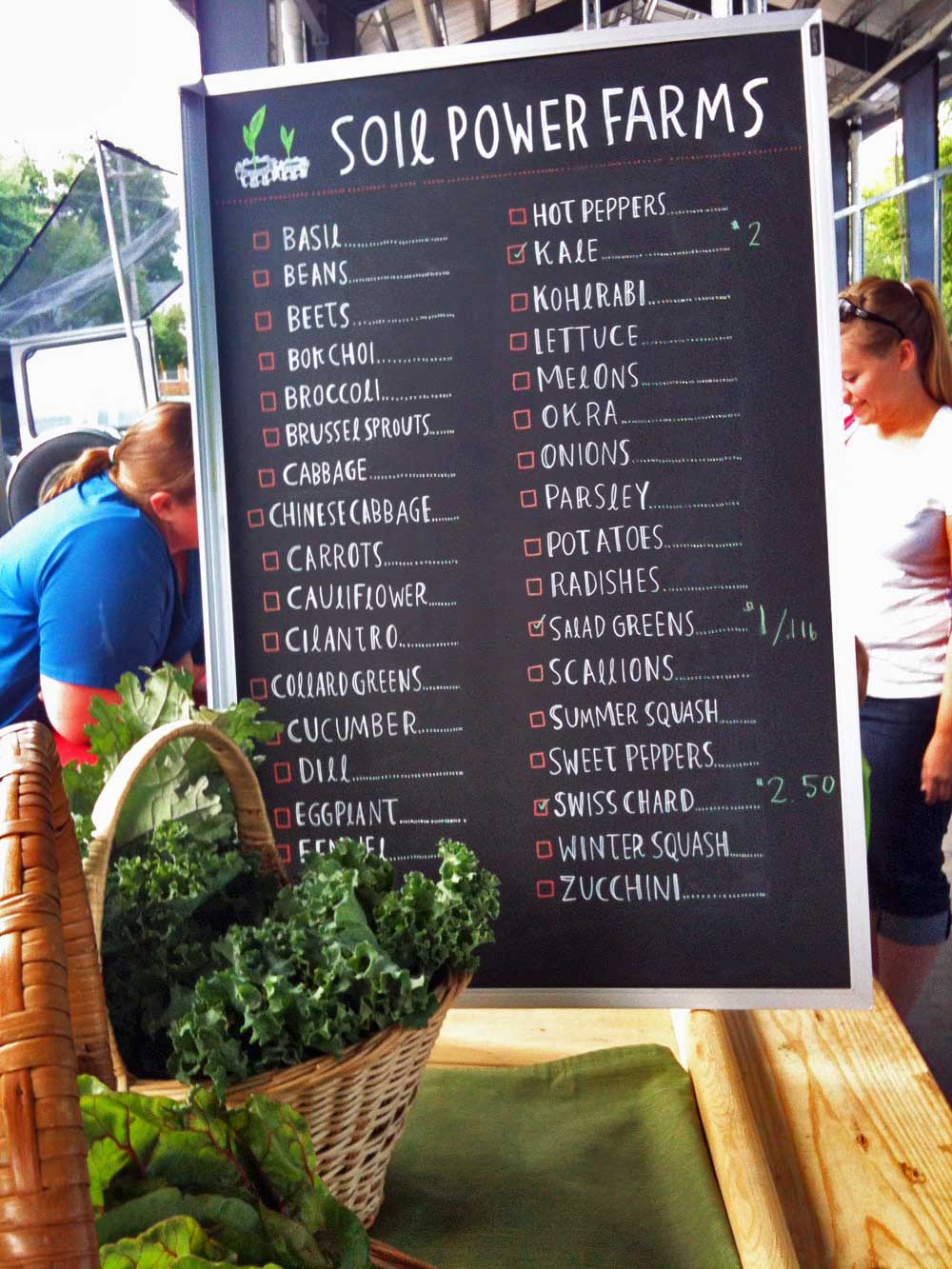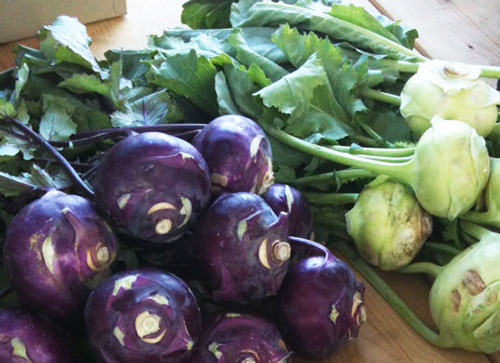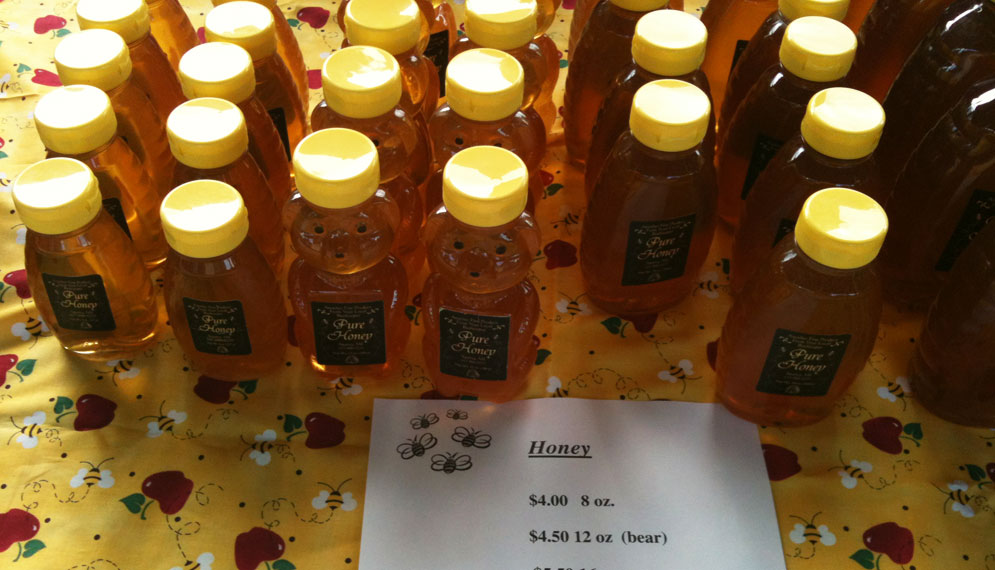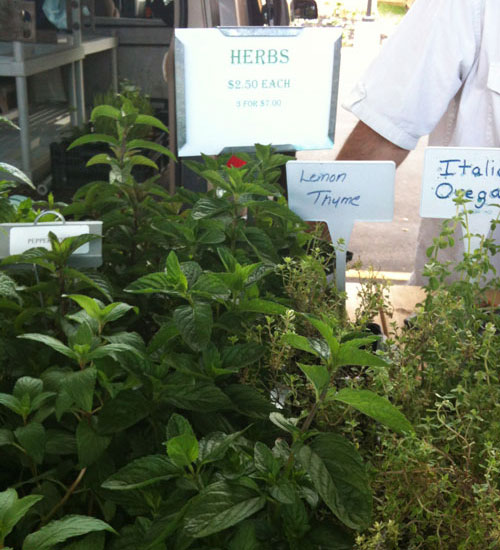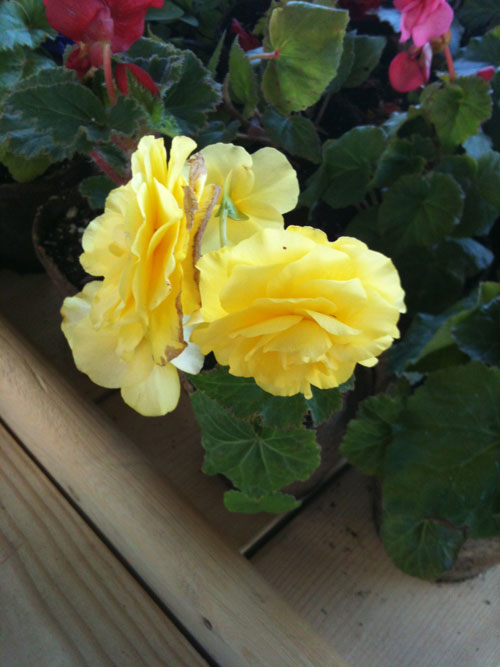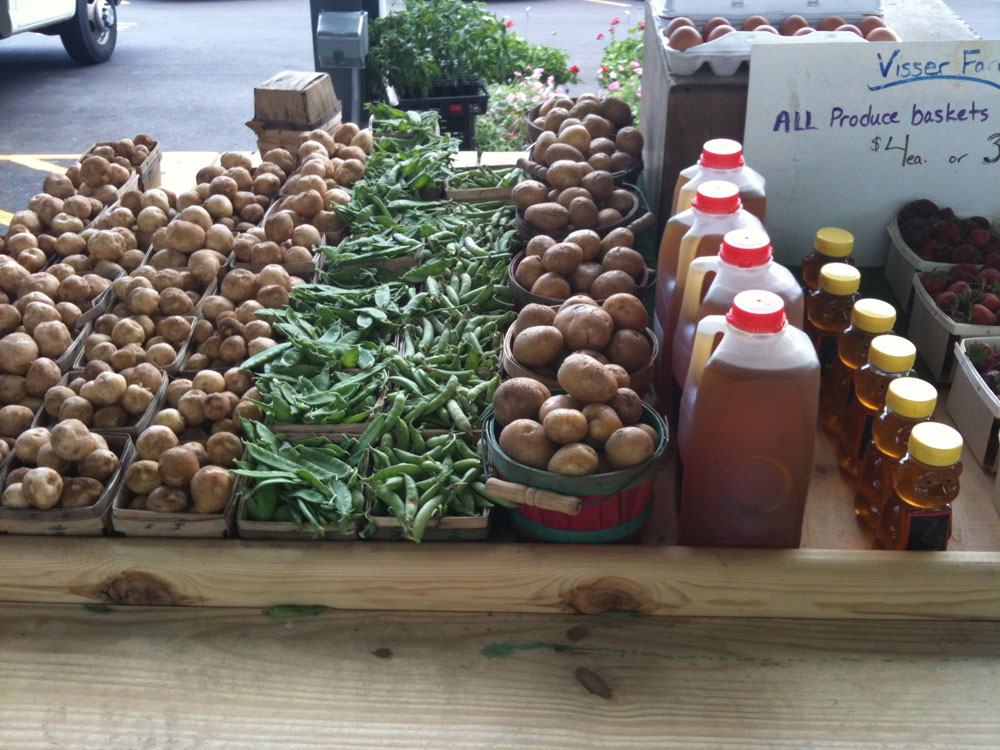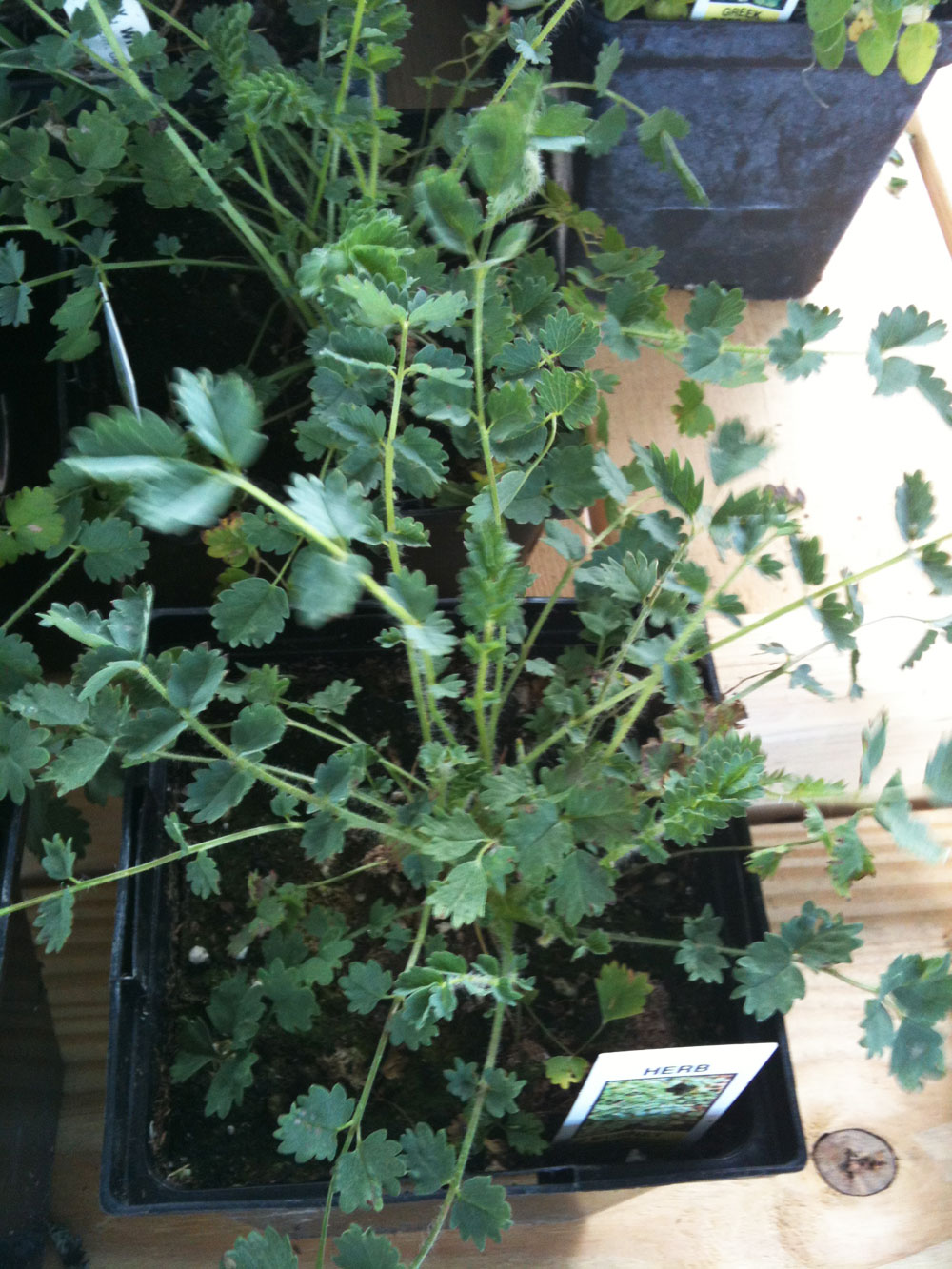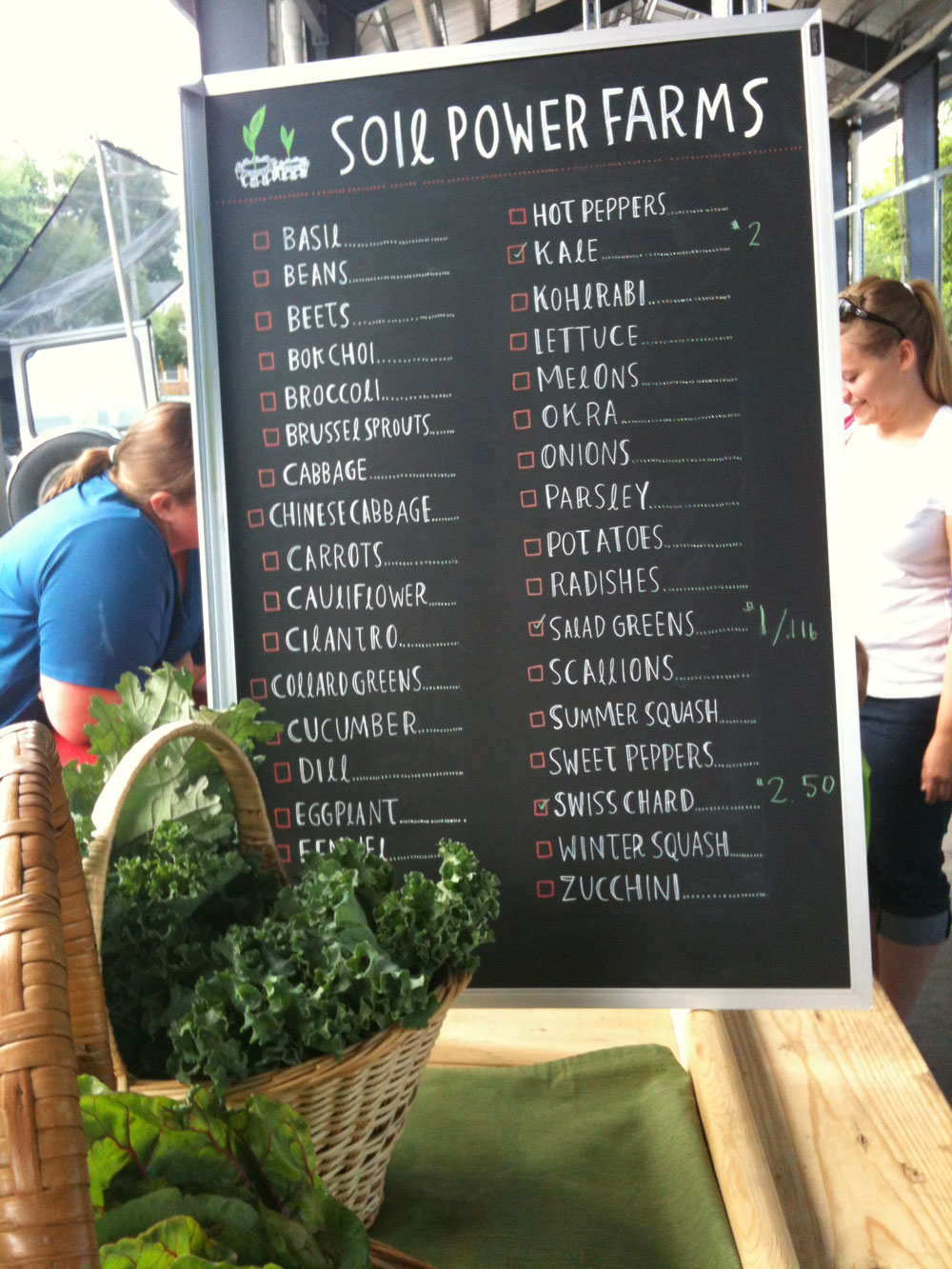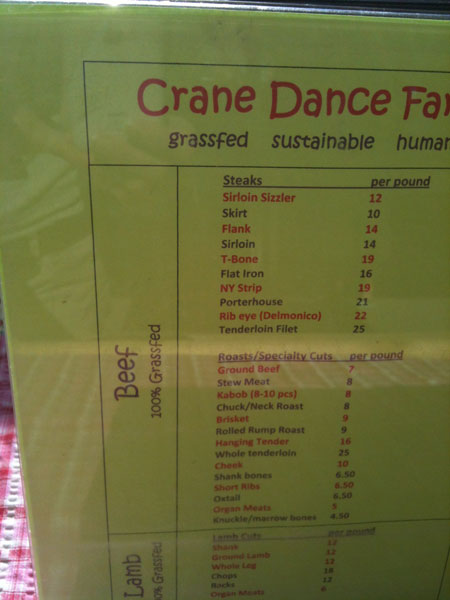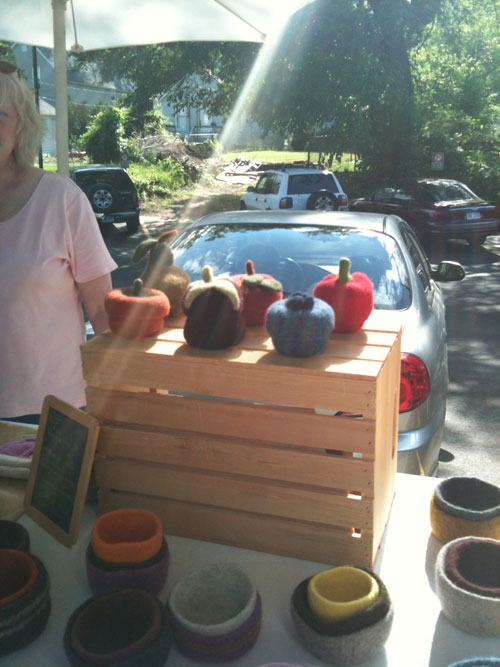In the Beginning
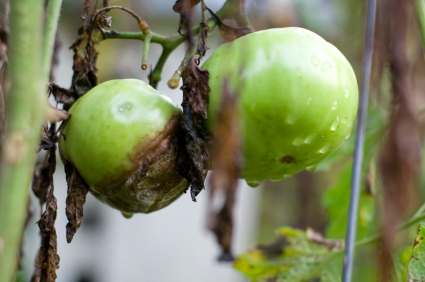
It started last year with little black spots on my oregano. I was surprised. Maybe this plant (whose oils are usually powerful enough to resist anything) wasn’t getting enough sun. But I was quite sure that Adam and Eve had never seen little black spots in their garden. Then the spots spread to my precious mint and tarragon. I did what the Internet told me to do and cleared out all of the infected leaves, bagged them and trashed them. I started spraying every leaf with a mixture of apple cider vinegar and water every single evening. It seemed to work. But after a week of heavy rain and strong wind, the blight spores waved their little victory flag and left that discriminating corner of herbs. It attacked the zucchini (dead quickly) and then spread to my prized tomatoes. Those flippin' spots soon felled so many leaves that the tomato plants looked like their proverbial loin clothes had been ripped off – love apples exposed. My rosemary and cucumbers even got it (and I’m not saying anything proverbial about the cucumbers).
The spots didn’t affect any of the vegetables directly until late in the season. But without leaf cover, the produce throughout the summer was thin at best. My plants were prematurely balding and not in a sexy, high-testosterone kinda way.
And my greens. Oh my 10 different varieties of health-giving greens that were so bountiful in the past provided no garden-to-table salad last summer.
Lessons Learned: Tenderly Nurture
 The Fulton Street Farmers' Market in Grand Rapids, MI
The Fulton Street Farmers' Market in Grand Rapids, MI
In past seasons, I’ve learned that if you plant a seed, it comes up miraculously bringing joy and love to all with appetites. I have also learned that 25 zucchini plants can fuel a small restaurant for 3 months.
This summer, I thought my lesson was about control because infuriating stuff happens that interferes with the miracle of food and sends you to the grocery store instead of the dirt behind your house. But my lesson is really about nurture. A little knowledge from the experts can help keep the love coming from backyard to table.
I found my first lead at the Fulton Street Farmers Market in Grand Rapids, MI.
UnPesticidal Advice: How to Control Leaf Spot
I had contacted several experts throughout the year and no one wanted to touch this one. I almost gave up, dumped a bunch of manure on the land and left it for a year. Or maybe forever. But the gardening bug bit again this spring and I was so excited to play in the dirt that I simply I had to try.
First Expert: Trillium Haven Farms
When I went to the Fulton Street Farmers’ Market a couple of weekends ago, I hesitantly picked up heirloom tomato and pepper plants. Then I spoke to Trillium Haven Farm owners Anja Mast and Michael Vanderbrug. We had a very interesting conversation and were kind enough to answer a few of my questions.
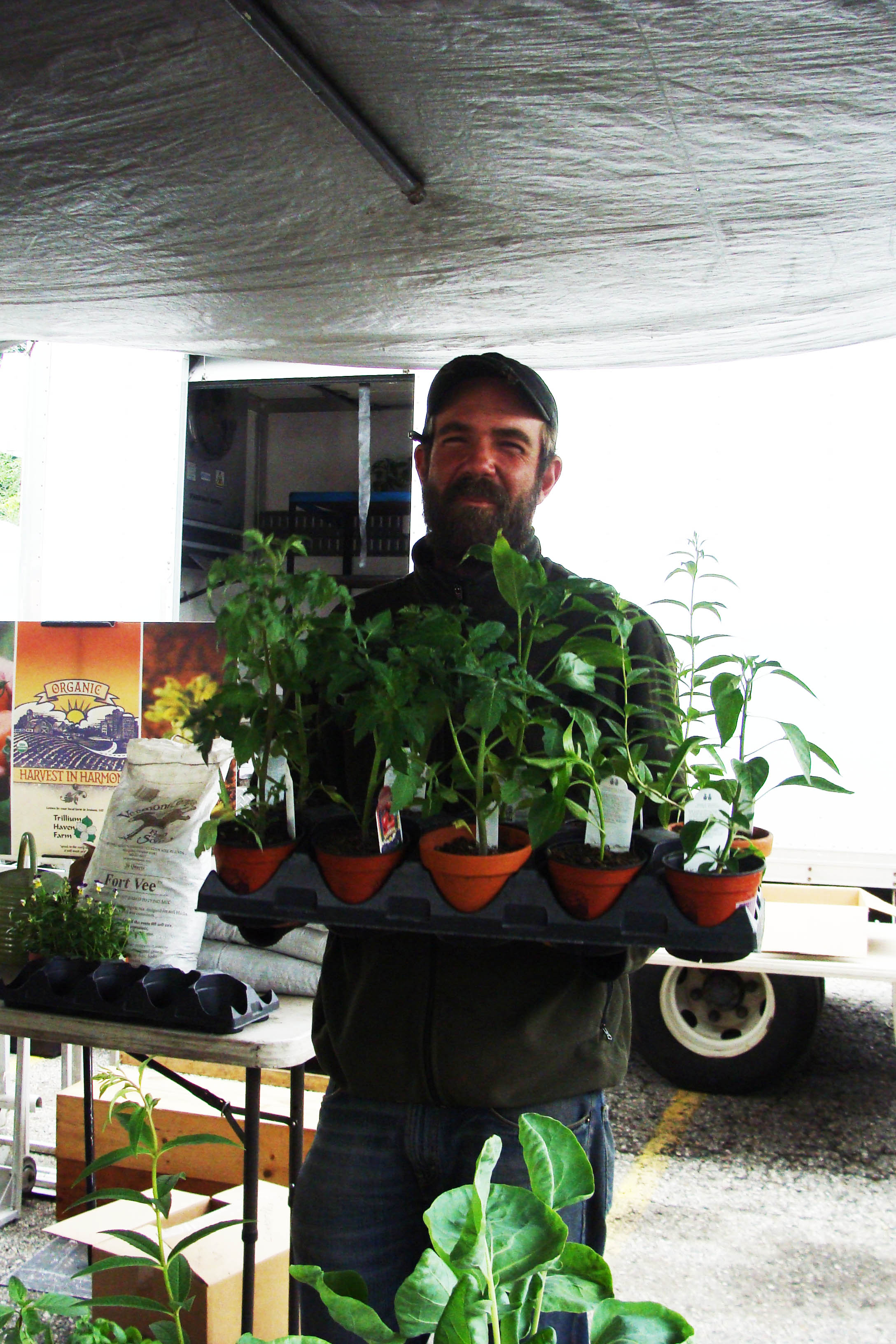 Rainy Day Advice From Michael VerBrug from Trillium Haven FarmsTheir Advice: Build up the immune system of your soil. Soil is like your own immune system and 75% of yours lies in your intestines. Your intestines, like the soil, need a healthy balance of vitamins and minerals to absorb into your body. Your intestines also need the right balance of friendly bacteria in order to digest those nutrients so they can be absorbed. Maintain this delicate balance and you thrive.
Rainy Day Advice From Michael VerBrug from Trillium Haven FarmsTheir Advice: Build up the immune system of your soil. Soil is like your own immune system and 75% of yours lies in your intestines. Your intestines, like the soil, need a healthy balance of vitamins and minerals to absorb into your body. Your intestines also need the right balance of friendly bacteria in order to digest those nutrients so they can be absorbed. Maintain this delicate balance and you thrive.
Plants need this kind of harmony in their soil’s immune system as well. In my gardening life, I’ve learned that not all plants need the same mix of nutrients. Some plants need more acidic soil where there is a lot of iron (like azaleas). Some plants need more of an alkaline soil. According to the National Gardening Association, tomatoes need a pH between 6.0 and 6.8.
As Michael pointed out, if your plants don’t get enough of the specific nutrients they need, they simply can’t fight disease.
This is a concept that hits home for me, and for anyone whose own immune system has issues -- food allergy-related or otherwise. Anja and I discussed plainly that we are what we eat – but not only because of the fruit or vegetables we put into our mouths. We can truly benefit or suffer because of health of the soil from which our foodstuffs arise.
So, good information, but how do you organically change the pH and nutritional content of your soil?
Second Expert: Morgan Composting
Since you don’t know what you are going to get in your compost or aged manure from traditional companies, Michael recommended that I give Morgan Composting a call. They sell completely organic, aged cow poo, worm casings… all kinds of earthy stuff for your garden. They balance their products to enrich and maintain the health of your soil no matter what.
I emailed Morgan’s and Alyson wrote me back. Here is what she said:
First, our DairyDoo compost is a great start. It will definitely get some good beneficial organisms in your soil to counteract the bad 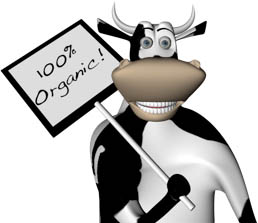 bugs...blight. I would apply it this year at a rate of 1/2 inch, over the entire garden. This will ensure that the blight doesn't get into the walkways, and repopulate. If you did this, you will need about 2 yards (a pickup truck full).
bugs...blight. I would apply it this year at a rate of 1/2 inch, over the entire garden. This will ensure that the blight doesn't get into the walkways, and repopulate. If you did this, you will need about 2 yards (a pickup truck full).
Second, I would recommend using a summer foliar of fish Hydrosolate. We use MultiBloom, which is real easy, and convenient to hook up to your hose. You can spray this once a week throughout the summer. It is a fertilizer, but you would get more benefit from the essential oils, and also the minerals that fish has to offer. It is also a systemic, and will go to work right away. We sell those bottles for $12.95ea.
You can find these products at any of our fine local retailers, which are located on our website, www.dairydoo.com.
Third Expert: Friends and Friends of Friends
I had also spoken to a co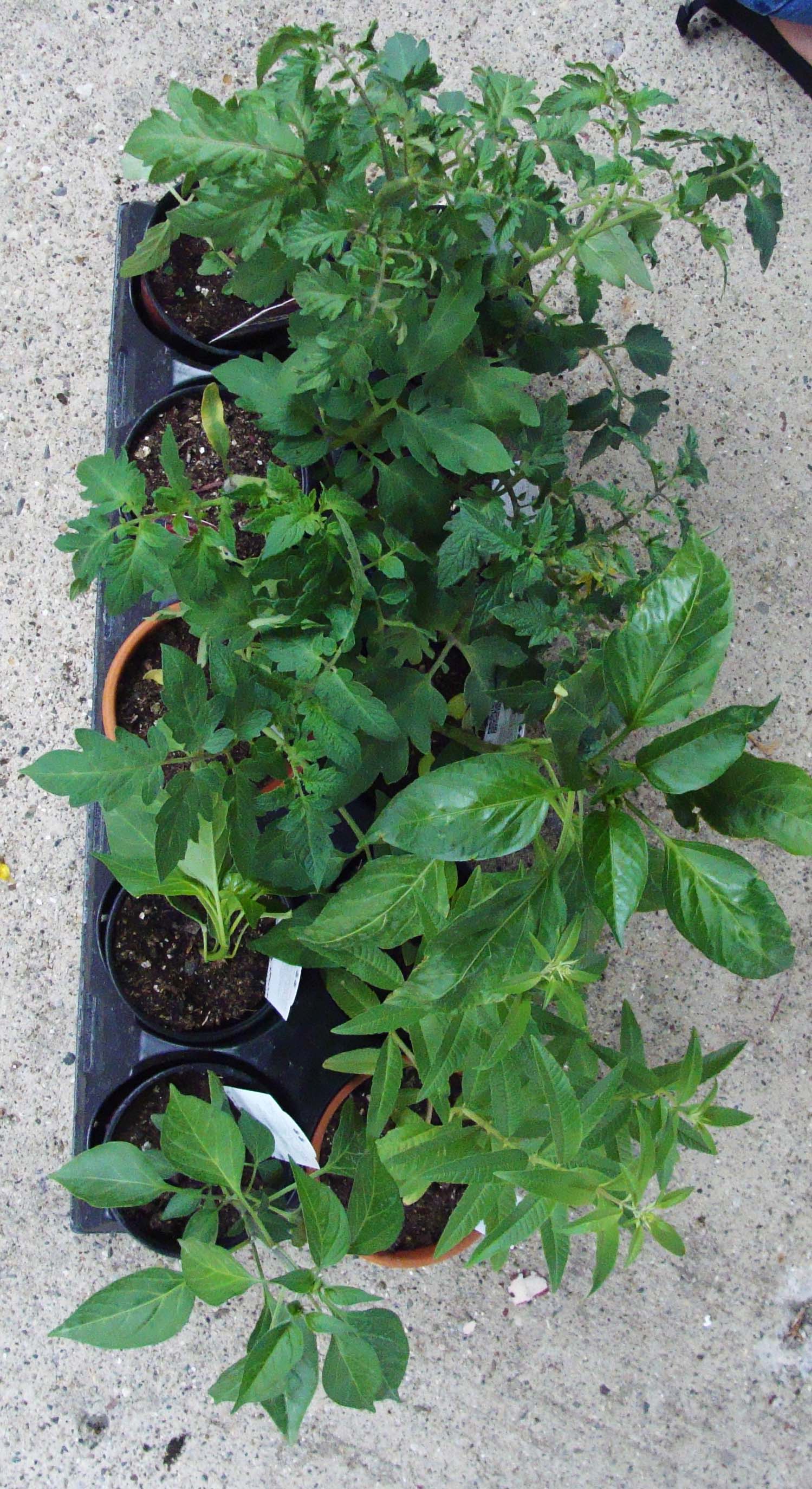 Organic Heirloom Tomato and Pepper Plants from Trillium Havenuple of friends about their battles with blight. Many gardeners are having this problem. One person suggested lime (from limestone). I asked Alysson about this at Morgan’s Composting. She said that this might be helpful, as calcium can help in the battle of the blight, but the nutrients in the compost and oils in the fish Hydosolate will be the key. She suggested getting a bag of high calcium (not dolomite, or high magnesium) lime. The calcium content needs to be higher than the magnesium, because too much magnesium can cause a fruit rot in tomatoes. So I picked up a 40 lb bag and spread half of it on the entire garden today. If that goes well, we’ll do the other half. It is supposed to be "non-toxic", and my dear father found me a pelleted version, so the dust was less annoying. I didn’t wear a mask, but I would recommend doing so anyway. Blagh.
Organic Heirloom Tomato and Pepper Plants from Trillium Havenuple of friends about their battles with blight. Many gardeners are having this problem. One person suggested lime (from limestone). I asked Alysson about this at Morgan’s Composting. She said that this might be helpful, as calcium can help in the battle of the blight, but the nutrients in the compost and oils in the fish Hydosolate will be the key. She suggested getting a bag of high calcium (not dolomite, or high magnesium) lime. The calcium content needs to be higher than the magnesium, because too much magnesium can cause a fruit rot in tomatoes. So I picked up a 40 lb bag and spread half of it on the entire garden today. If that goes well, we’ll do the other half. It is supposed to be "non-toxic", and my dear father found me a pelleted version, so the dust was less annoying. I didn’t wear a mask, but I would recommend doing so anyway. Blagh.
Another friend of a friend battles blight in wet weather by dusting her tomato plants with powdered milk. How interesting is that? Since I have dairy allergies, I’ll stick with the lime. This weekend, I’m hoping to start step two - building the immune system. That is if I can get to the nearest Morgan’s retailer which will be a bit of a drive. I bet it will be worth it.
Wish me luck! Now go get your poo, then let me know about your gardening adventures and your battle with the blight.
 Saturday, April 26, 2014 at 1:13PM
Saturday, April 26, 2014 at 1:13PM  Elisabeth Veltman, The Tender Foodie tagged
Elisabeth Veltman, The Tender Foodie tagged  2014 Locavore Index,
2014 Locavore Index,  Farmers Market,
Farmers Market,  State ranks of local food
State ranks of local food  Email Article
Email Article  Print Article in
Print Article in  Buy Local,
Buy Local,  organic garden
organic garden 